detail profile charlotte moorman
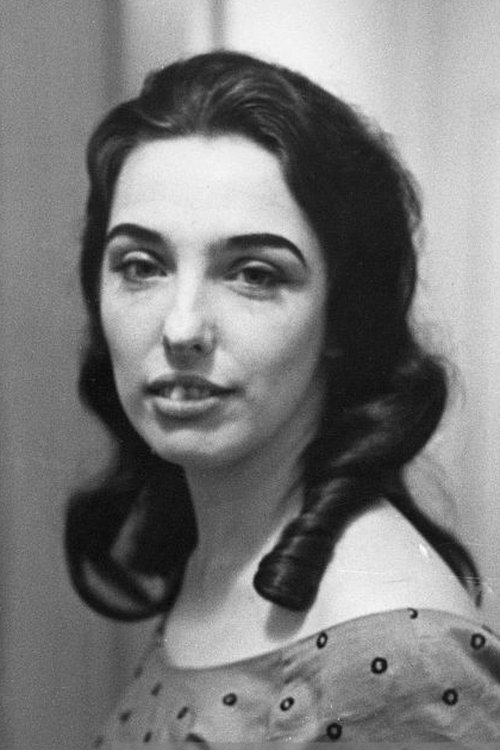
Charlotte Moorman
Madeline Charlotte Moorman
atau dikenal sebagai
Peran Yang Di Mainkan Charlotte Moorman
 The quixotic journey of Nam June...
The quixotic journey of Nam June...Nam June Paik: Moon Is the Oldest TV 2023
The quixotic journey of Nam June Paik, one of the most famous Asian artists of the 20th century, who revolutionized the use of technology as an artistic canvas and prophesied both the fascist tendencies and intercultural understanding that would arise from the interconnected metaverse of today's world.
 Nam June Paiks first singlechannel videotape...
Nam June Paiks first singlechannel videotape..."Topless Cellist" Charlotte Moorman 1995
Nam June Paik's first single-channel videotape since 1989 is a heartfelt tribute to his long-time collaborator Charlotte Moorman. This portrait traces Moorman's career as an avant-garde performer, from her classical training to her notorious arrest as the "Topless Cellist" and subsequent talk-show celebrity. Rare documentations of Moorman's performances include Otto Piene's Sky Kiss and Jim McWilliams' Chocolate Cello. Interviews with Moorman's friends, family and collaborators, such as Yoko Ono, Christo and Jeanne Claude, Otto Piene, and Barbara Moore, among others, provide intimate recollections of the inimitable Moorman.
 A compilation of avantgarde artwork and...
A compilation of avantgarde artwork and...All Star Video 1985
A compilation of avant-garde artwork and talent of the mid to late 20th century hosted by Ryuichi Sakamoto.
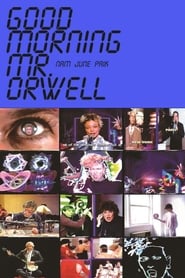 In his book 1984 George Orwell saw...
In his book 1984 George Orwell saw...Good Morning, Mr. Orwell 1984
In his book "1984", George Orwell saw the television of the future as a control instrument in the hands of Big Brother. Right at the start of the much-anticipated Orwellian year, Paik and Co. were keen to demonstrate satellite TV's ability to serve positive ends-- Namely, the intercontinental exchange of culture, combining both highbrow and entertainment elements. A live broadcast shared between WNET TV in New York and the Centre Pompidou in Paris, linked up with broadcasters in Germany and South Korea, reached a worldwide audience of over 10 or even 25 million (including the later repeat transmissions).
 One of Paiks most overtly political...
One of Paiks most overtly political...Guadalcanal Requiem 1977
One of Paik’s most overtly political and poignant statements, Guadalcanal Requiem is a performance/documentary collage that confronts history, time, cultural memory and mythology on the site of one of World War II’s most devastating battles.
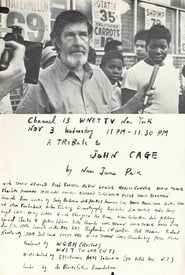 A Tribute to John Cage is...
A Tribute to John Cage is...A Tribute to John Cage 1976
A Tribute to John Cage is Paik's homage to avant-garde composer John Cage. A major figure in contemporary art and music, Cage was one of the primary influences on Paik's work, as well as his friend and frequent collaborator. In this multifaceted portrait, Paik creates a pastiche of Cage's performances and anecdotes, interviews with friends and colleagues, and examples of Paik's participatory music and television works that parallel Cage's strategies and concerns. The methodology and philosophies that inform Cage's radical musical aesthetic — chance, randomness, the democratization of sounds — are evident as he performs such seminal pieces as 4'33" (of complete silence) in Harvard Square, or throws the I Ching to determine performance sites. Among the collage of elements included in this work are segments from Paik's Zen for TV; Paik and Charlotte Moorman in early performances, including the TV Bra; and anecdotes from composer Alvin Lucier.
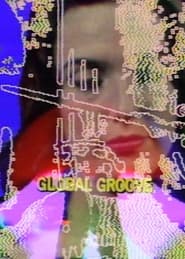 Global Groove was a collaborative piece...
Global Groove was a collaborative piece...Global Groove 1973
Global Groove was a collaborative piece by Nam June Paik and John Godfrey. Paik, amongst other artists who shared the same vision in the 1960s, saw the potential in the television beyond it being a one-sided medium to present programs and commercials. Instead, he saw it more as a place to facilitate a free flow of information exchange. He wanted to strip away the limitations from copyright system and network restrictions and bring in a new TV culture where information could be accessed inexpensively and conveniently. The full length of the piece ran 28 minutes and was first broadcasted in January 30, 1974 on WNET.
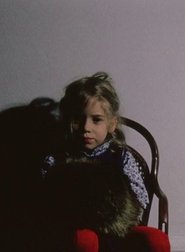 The whole film are nonart portraits...
The whole film are nonart portraits...Bill's Hat 1967
"The whole film are non-art portraits of people in which they do what they want with this hat – and therefore, act or stand in front of my camera. It’s only love: therefore it can’t harm you". Joyce Wieland.
 Report from the second free expression...
Report from the second free expression...He! Viva Dada 1965
Report from the second free expression festival organized at the American Cultural Center, Boulevard Raspail, in May 1965. The shows, all happenings inspired by ""théâtre panique/ the panic theater", includes Fernando Arrabal, Roland Topor and Alejandro Jodorowsky.
